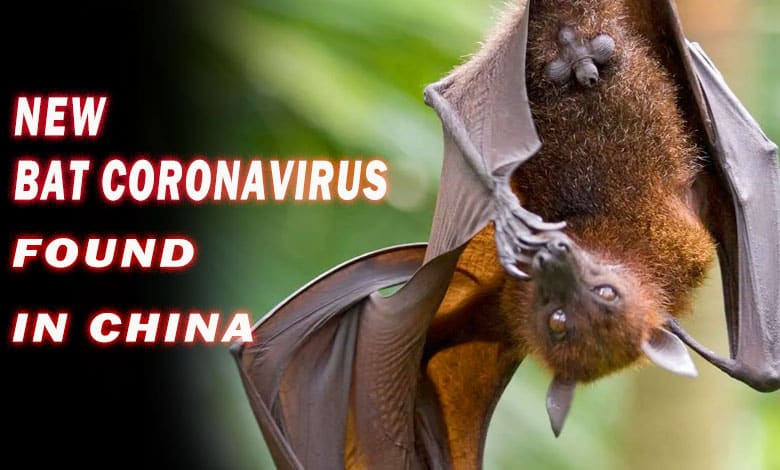
Beijing: Chinese virologists have identified a new bat coronavirus strain, HKU5-CoV-2, that has the potential to infect humans. The discovery, made by a research team led by renowned scientist Shi Zhengli, often referred to as “Batwoman” for her extensive work on coronaviruses, has raised fresh concerns about the possibility of another zoonotic spillover.
A New Threat? HKU5-CoV-2 and Human ACE2 Receptors
According to a report published by the South China Morning Post, researchers found that HKU5-CoV-2 can bind to human ACE2 receptors, the same molecular gateway used by SARS-CoV-2, the virus responsible for the COVID-19 pandemic. This similarity indicates that the newly discovered virus might pose a risk of human transmission.
The study, also cited by Newsweek, suggests that HKU5-CoV-2 exhibits a greater ability to adapt to human ACE2 receptors compared to other lineage 1 HKU5 coronaviruses. Laboratory tests confirmed that HKU5-CoV-2 successfully infected human cell cultures and mini-human organ models, further intensifying concerns about its potential to jump to humans.
Understanding the Merbecovirus Subgenus and MERS Connection
HKU5-CoV-2 belongs to the merbecovirus subgenus, which also includes the MERS-CoV virus—the cause of the 2012 Middle East Respiratory Syndrome (MERS) outbreak. Given its genetic similarity to MERS-CoV, researchers warn that bat merbecoviruses could pose a high risk of zoonotic transmission, either directly from bats or through intermediate animal hosts.
Potential Risks and Global Health Implications
While there is no immediate evidence suggesting that HKU5-CoV-2 is currently spreading among humans, scientists stress the importance of continuous surveillance. The key risks associated with this new bat coronavirus include:
- Zoonotic Transmission: The ability of HKU5-CoV-2 to bind to human ACE2 receptors raises concerns that it could potentially spill over to humans.
- Intermediate Hosts: If the virus jumps to another animal species, it could evolve further and increase its chances of infecting humans.
- Pandemic Potential: While no human cases have been reported yet, history has shown that novel coronaviruses can evolve rapidly, leading to global outbreaks.
The Wuhan Institute of Virology and Ongoing Scrutiny
The Wuhan Institute of Virology (WIV) has been at the center of global debates regarding the origins of COVID-19. Although China has denied lab leak theories, the discovery of HKU5-CoV-2 reinforces the critical need for enhanced monitoring of bat coronaviruses.
- Also Read | HMPV Virus: Schools Shut Down in China Amid Rising Infections of New Human Metapneumovirus
Global Response and Future Precautions
Public health experts emphasize that early detection and research on emerging viruses like HKU5-CoV-2 are crucial to prevent future pandemics. Key measures include:
- Enhanced Global Surveillance: Governments and health organizations must track the evolution of bat coronaviruses in real time.
- Strengthened Zoonotic Research: More studies are needed to understand how bat viruses adapt to human hosts.
- Improved Biosecurity Measures: Laboratories handling high-risk pathogens must ensure strict biosafety protocols.
- Public Awareness and Preparedness: The world must remain vigilant to avoid another public health crisis.

